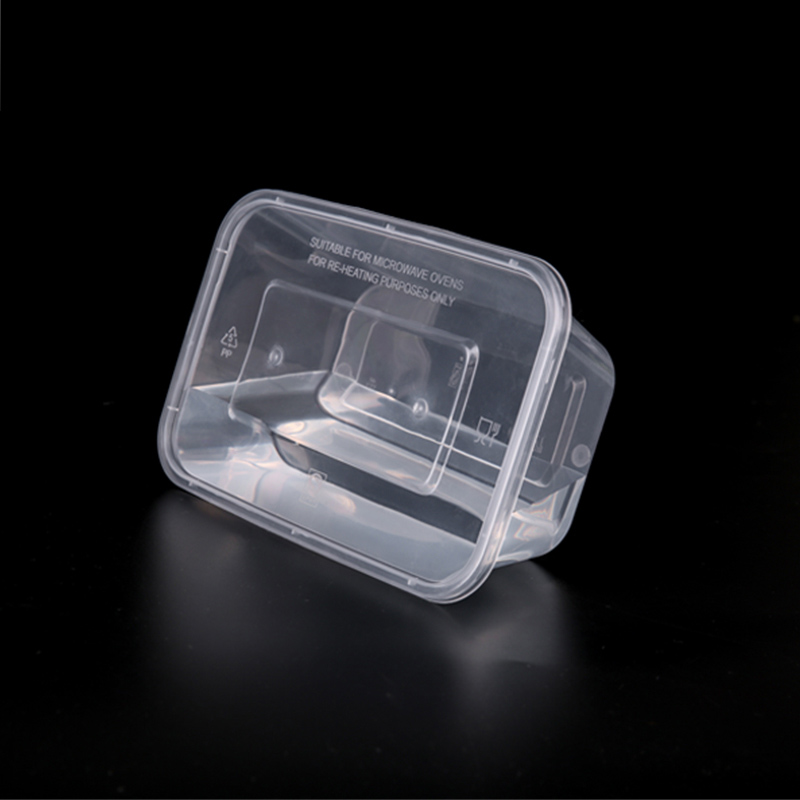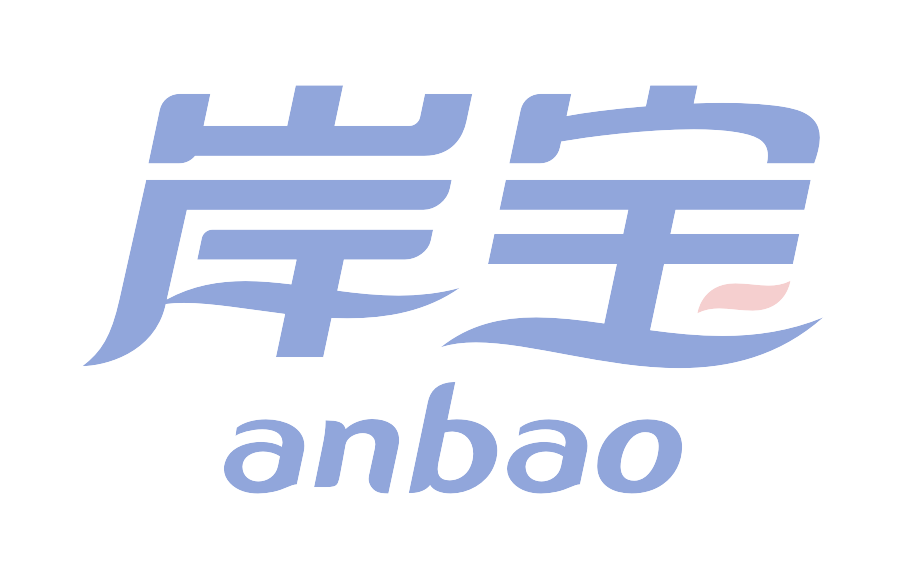
Abstract
Disposable plastic bowls are widely used in food services, household gatherings, and outdoor activities due to their convenience. However, substandard products pose significant risks to human health and the environment. This paper systematically analyzes key criteria for evaluating the quality of disposable plastic bowls, including material composition, safety standards, physical characteristics, and practical testing methods. By integrating international and national regulations, this study provides a comprehensive guide for consumers and regulators to identify qualified products, emphasizing the importance of scientific evaluation in ensuring food safety and sustainability.
1. Introduction
The proliferation of disposable plastic tableware has raised concerns about product quality and environmental impact. Disposable plastic bowls, in particular, are frequently used for serving hot and cold foods, making their safety critical. Poor-quality bowls may contain hazardous chemicals, such as bisphenol A (BPA) and phthalates, which can leach into food during use. Additionally, non-degradable plastic waste contributes to ecological pollution. This paper aims to outline systematic methods for determining the quality of disposable plastic bowls, combining material science, food safety regulations, and practical inspection techniques.
2. Key Criteria for Quality Evaluation
2.1 Material Composition and Safety Standards
The primary factor in bowl quality is the plastic resin used. Common materials include:
Polypropylene (PP): Heat-resistant (up to 120°C), flexible, and suitable for hot foods.
Modified PP can withstand temperatures as low as -18°C, making it suitable for freezers and microwaves .
Polystyrene (PS): Rigid but brittle, with a heat tolerance of up to 75°C. Prolonged exposure to high temperatures may cause deformation and release styrene, a potential carcinogen .
Polyethylene (PE): Primarily used for cold food containers due to its low heat resistance.
Regulatory Compliance:
In China, products must comply with GB 4806.7-2016, the national standard for food-contact plastic materials, which specifies limits for migration of heavy metals, formaldehyde, and other harmful substances .
Internationally, the U.S. FDA (21 CFR Part 177) and EU Regulation (EC) No 1935/2004 set strict guidelines for plastic additives and contaminants.
Red Flag: Bowls made from recycled or mixed plastics (often unmarked) are more likely to contain undefined additives and pose higher health risks.
2.2 Physical Inspection: Visual and Tactile Tests
2.2.1 Visual Assessment
Clarity and Uniformity: Qualified bowls are transparent (unless intentionally opaque), free of bubbles, streaks, or discoloration. Cloudy or grayish hues may indicate recycled materials .
Printing and Packaging: Ensure inked patterns are non-toxic and firmly attached. Fading or easily scratchable prints may contain lead or other heavy metals .
Structural Integrity: Check for smooth edges (no burrs), uniform thickness, and stable base design. Thin or uneven walls are prone to leakage or deformation .
2.2.2 Tactile and Functional Tests
Texture: High-quality bowls feel smooth and sturdy. Sticky or gritty surfaces may signal poor manufacturing or residual chemicals.
Flexibility and Durability: Gently bend the bowl—qualified products should resist cracking. Brittle or easily deformable bowls are likely made from low-grade plastics.
Seal Test (for lidded bowls): Ensure lids fit snugly and prevent leakage when inverted, a critical factor for takeout and storage .
2.3 Odor and Chemical Leach Test
Odor Inspection: A strong plastic, acidic, or chemical odor indicates unstable additives or recycled materials. 合格产品 should have minimal or no odor .
Hot Water Test: Fill the bowl with boiling water (100°C) and wait 3 minutes:
Qualified: No deformation, odor, or discoloration (for PP bowls).
Unqualified: Softening, warping, or releasing pungent smells (a sign of 劣质 PS or mixed plastics).
Note: Avoid this test for bowls labeled “cold-use only.”
2.4 Labeling and Regulatory Certification
Mandatory Labels: Look for clear markings of material (e.g., “PP5”), heat resistance, production date, manufacturer, and “food-grade” certification. Missing or ambiguous labels are red flags .
Degradability Claims: For “biodegradable” bowls, verify third-party certifications like EN 13432 (EU) or ASTM D6400 (US), as many “degradable” products are merely photodegradable .
3. Risks of Substandard Products
3.1 Health Hazards
Chemical Migration: Low-quality plastics may leach BPA, phthalates, or formaldehyde, linked to hormonal disruption, reproductive issues, and cancer .
Microbial Contamination: Reused or poorly manufactured bowls can harbor bacteria, increasing the risk of foodborne illnesses.
3.2 Environmental Impact
Non-degradable plastic bowls contribute to 8 million tons of annual marine plastic waste. Improper disposal leads to soil and water pollution, threatening ecosystems .
4. Practical Guidelines for Consumers
Choose Reputable Brands: Purchase from certified retailers or brands with transparent supply chains.
Prioritize Minimal Packaging: Opt for unprinted or lightly printed bowls to reduce ink-related risks.
Prefer Light Colors: Dark or vibrant hues often contain more pigments, increasing heavy metal risks.
Advocate for Sustainable Alternatives: Support biodegradable products with verified certifications or reusable tableware to minimize waste.
5. Conclusion
Ensuring the quality of disposable plastic bowls requires a multi-faceted approach, integrating material analysis, physical testing, and regulatory compliance. By examining labels, conducting sensory tests, and prioritizing certified products, consumers can mitigate health and environmental risks. Governments and industries must also strengthen standards and enforcement to eliminate substandard products from the market. As global awareness of plastic pollution grows, adopting scientific evaluation methods is crucial for promoting safer, more sustainable food packaging solutions.


